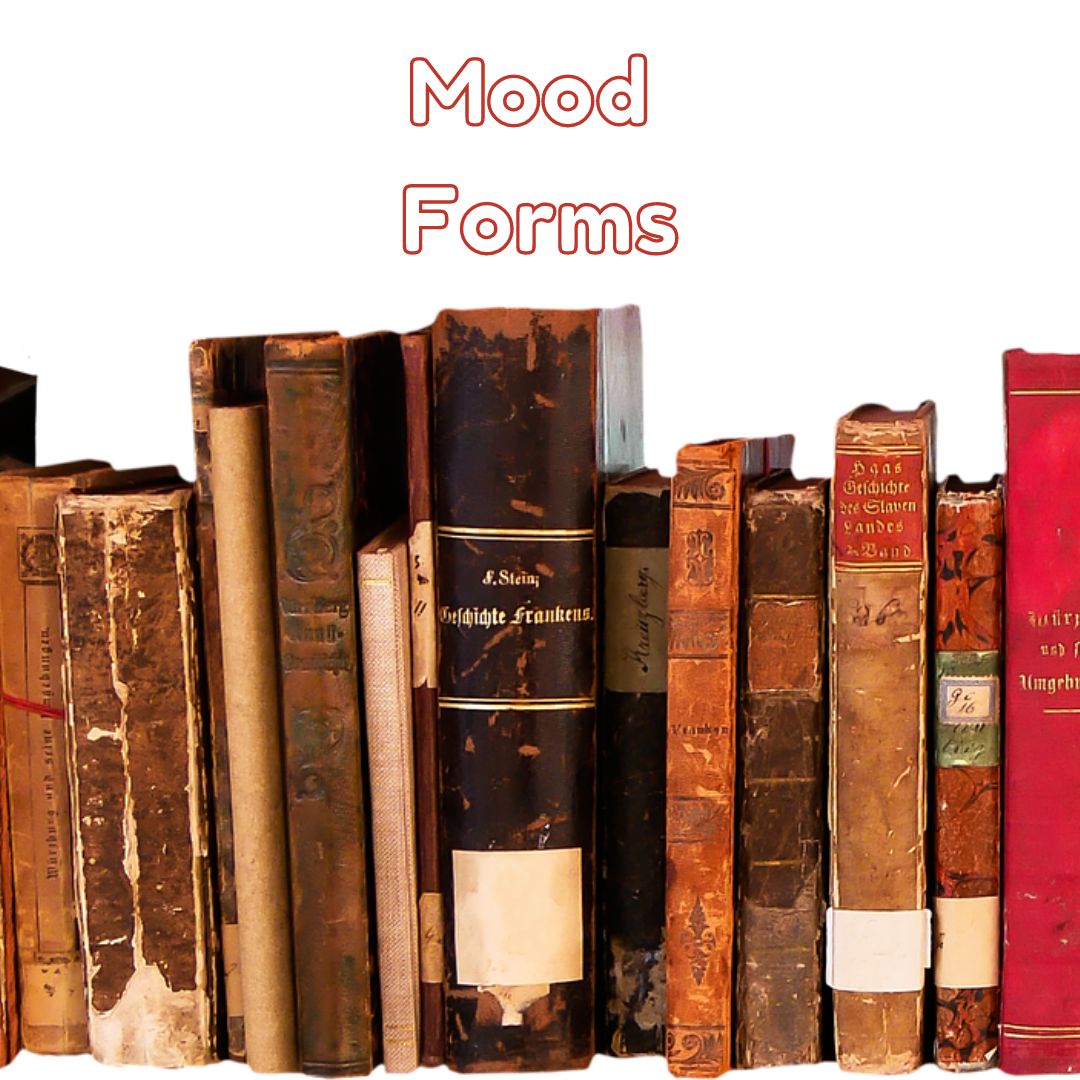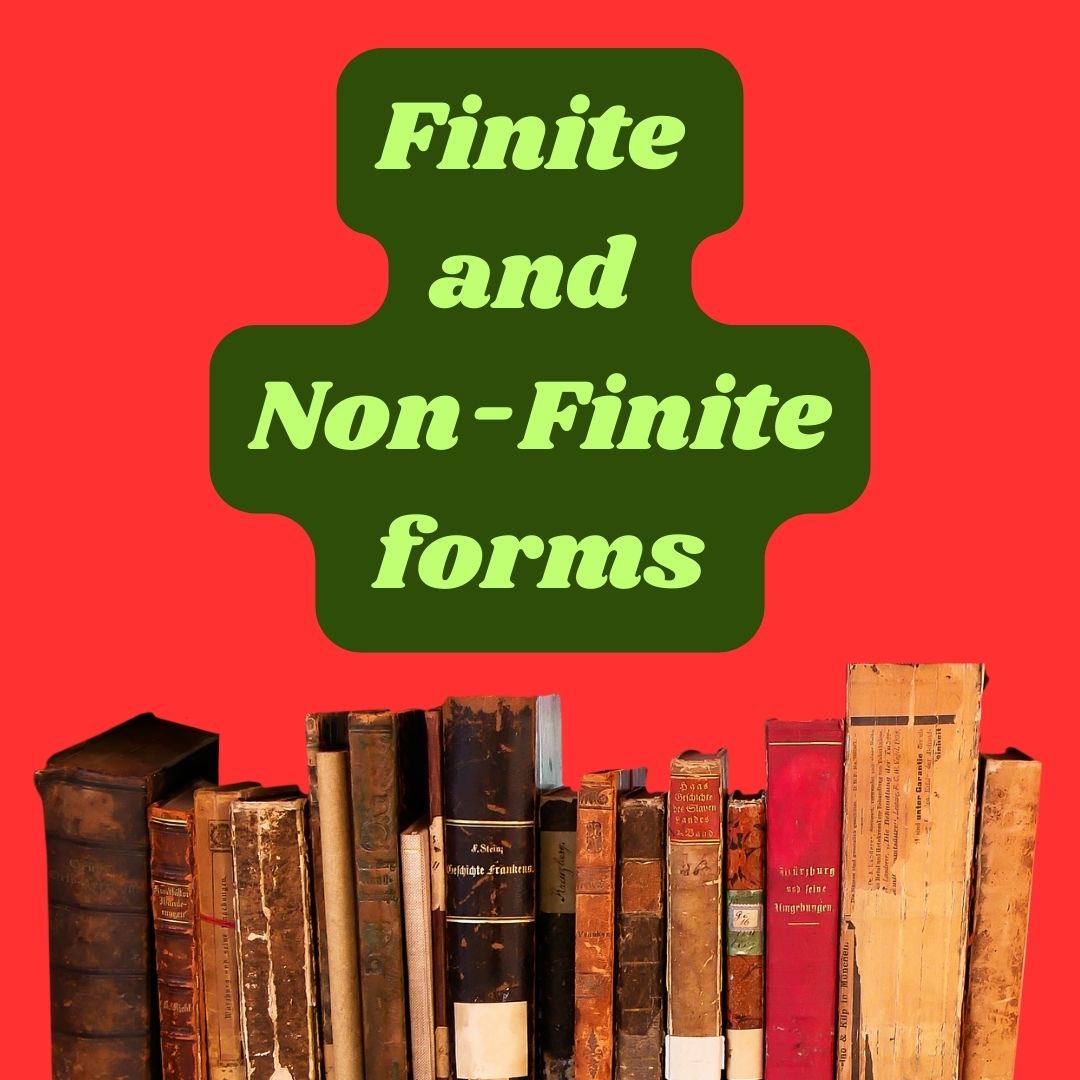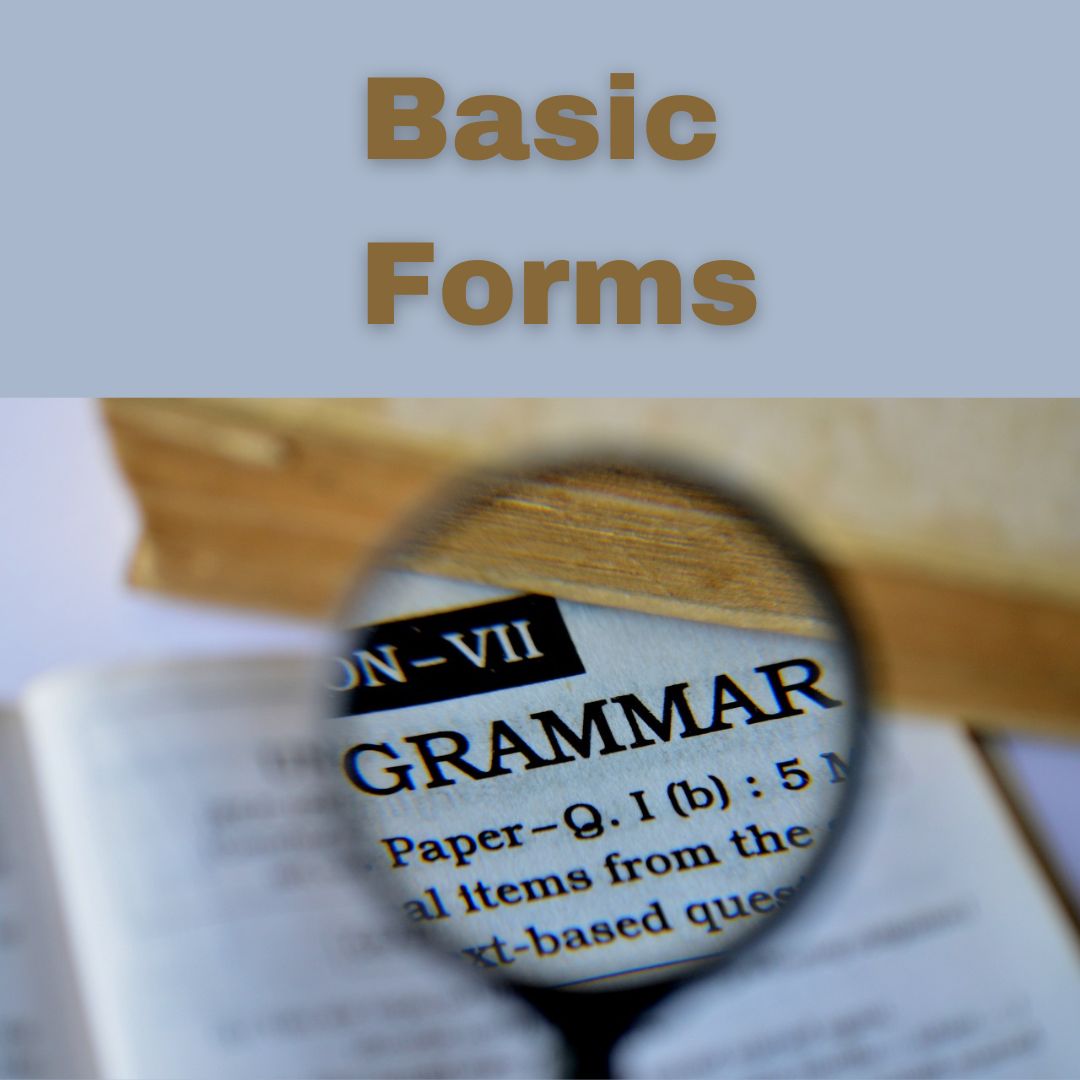Category: parts of speech

What is the Mood of a Verb?
There are three main mood forms: indicative, imperative, and subjunctive. The indicative mood is used to make a statement or ask a question. The imperative mood is used to give a command or make a request. The subjunctive mood is used to express a hypothetical situation, a suggestion, a wish, or a demand.

Four Main Types of Verbs
Verbs in English can be categorized into four main types: main verbs, auxiliary verbs, modal verbs, and linking verbs.

Regular and Irregular Verbs
Verbs are divided into two main groups based on how they form their past tense and past participle: Regular verbs: These verbs form their past tense and past participle by adding -ed to the base form of the verb. For example: walk becomes walked in the past tense and past participle.

Finite and non- finite forms of the Verbs
In grammar, a finite verb is a verb form that shows tense, person, number, and mood. A finite verb is used to indicate that the action or state of the verb is limited to a specific time or subject.

The Basic forms of The English verb
This is the simplest form of a verb, usually the infinitive without the to particle. It is used in a variety of contexts such as commands, imperatives, infinitive phrases, and more. Example: Please speak louder (speak is the base form of the verb.)